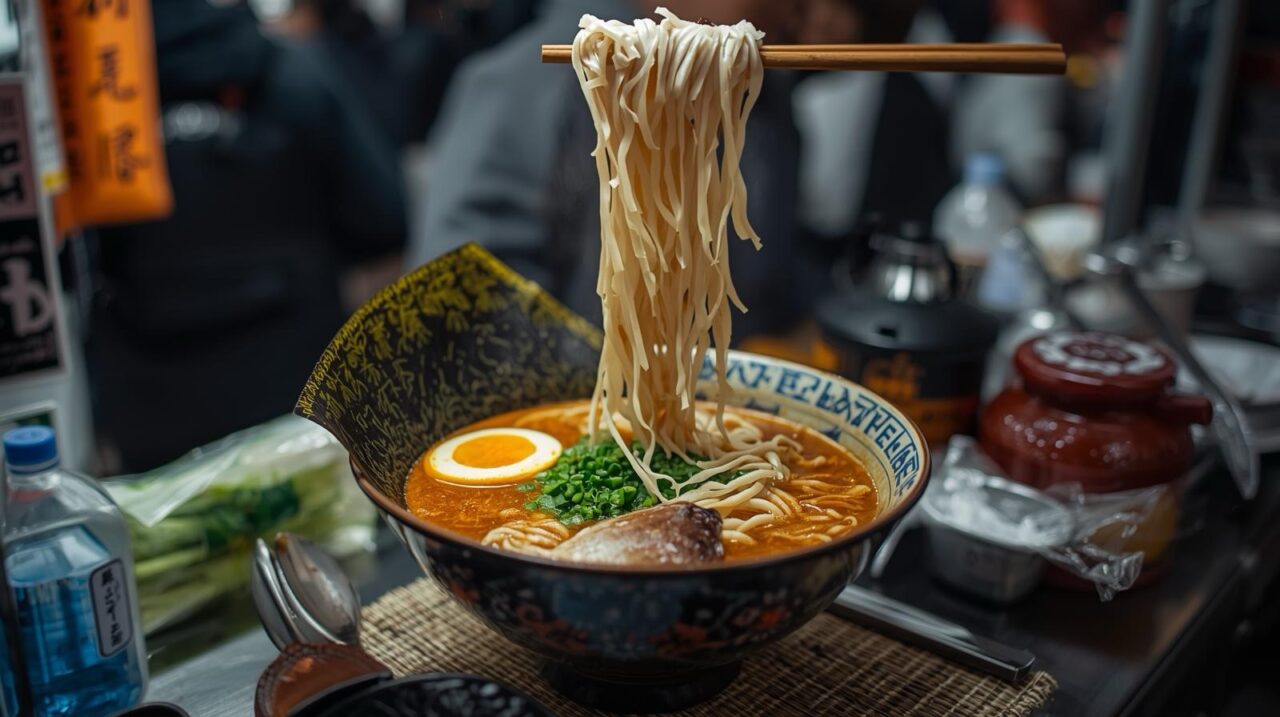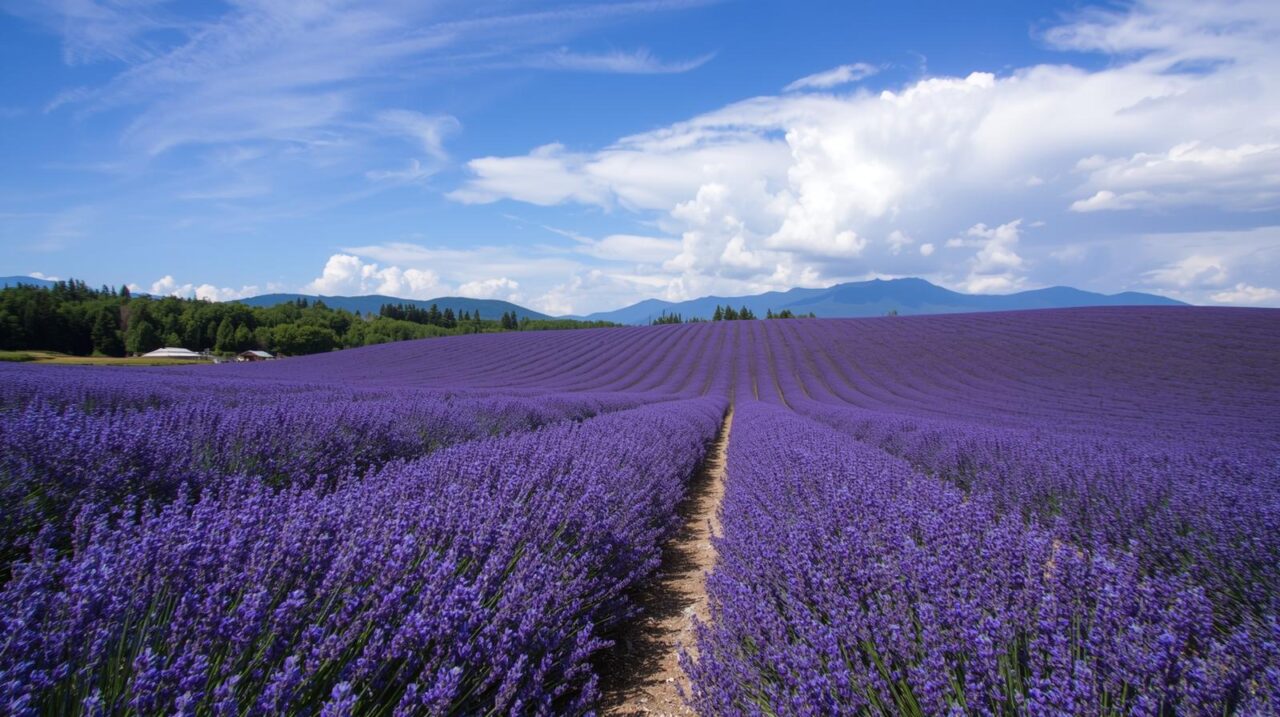Beginning of a Special Journey to Yamanashi Wineries
Yamanashi Prefecture is known as one of Japan’s leading wine-producing regions. The rich natural environment spreading out at the foot of Mt. Fuji nurtures high quality grapes and is dotted with numerous wineries. I myself have been fascinated by the region since I visited the area several years ago and experienced a winery tour. In this article, I will introduce some of the best spots for foreign tourists, based on my research using Google Maps and TripAdvisor, as well as my own experiences. First, I would like to mention Marquis Garden as a typical winery. This is a spot where you can see traditional winemaking up close and personal, and it stands out for its high TripAdvisor reviews. Chateau Mercian Katsunuma Winery is another good choice. Visitors can enjoy tastings while viewing the beautiful vineyards. These locations are also easily accessible by public transportation, making them convenient for foreign visitors coming by train.
The best part of visiting wineries: the art of tasting
The best part of visiting Yamanashi wineries is the tasting. My first visit was to the Katsunuma Budogo area. There, I was able to taste a wide variety of red wines, white wines, and even sparkling wines. For example, white wine of the Koshu variety is characterized by its refreshing acidity and fruity aroma, and has a uniquely Japanese flavor. When tasting, the trick is to turn the glass to check the aroma and sip slowly. In my experience, visiting early in the morning avoids the crowds and allows you to enjoy the wine in a more relaxed atmosphere. Some wineries also have English-speaking staff who can explain the history and production process of the wine in detail. On a related note, as you can often find in a search for Yamanashi wine recommendations, Katsunuma’s wineries have a lineup that will satisfy both beginners and experts. In fact, the tour I took included an event that coincided with the grape harvest season, allowing me to experience the differences between the seasons.
A special time to savor at a secluded winery
In addition to popular spots, I recommend seeking out wineries that are tucked away. Grace Wine, for example, is known for its sophisticated facilities, and many TripAdvisor visitors say that the quiet environment is relaxing. Premium wine tastings are available here, and during my visit, I was able to taste a limited vintage. Yamanashi wines are characterized by brewing using subterranean water from Mt. Fuji, which accentuates their mineral-rich flavors. To make my winery tour even more special, I planned a multiple-spot route using a rental car. In my case, I visited three in the morning and enjoyed the nuances of the different wines at each location, but what was particularly memorable was the picnic-style tasting while strolling through the vineyards. Such an experience offers more than just a drink; it allows for flexible planning, as a Google Trends search for “Yamanashi winery tours” will bring up “day tours” and “bus tours” as related terms.
A marriage of wine and local gourmet food
What makes winery tours even more fulfilling is the combination with local gourmet food. Yamanashi is famous for its houtou and shingenmochi (rice cakes), which pair perfectly with wine. At Hoto Fudo, which I visited, it was exceptional to sip wine with a hot bowl of hoto. Between tastings, adding local cheeses or fresh fruits to your meal will deepen the flavor. For example, local peaches and grapes paired with Koshu wine are the best match for summer. From my experience, I would recommend taking lunch at the winery’s restaurant, which offers a menu that complements the flavors of the wine. Also, if you look up the keyword “Yamanashi wine pairing,” you will find expert advice, but when I actually tried it, I found that gibier cuisine goes well with red wine, which was a surprising discovery. Such a marriage will leave you with a more vivid memory of your trip.
Experiences deepened by seasonal events
The charm of Yamanashi wineries changes with each season. At the harvest festival in autumn, visitors can participate in a grape stomping experience, and I once enjoyed an event where I actually crushed grapes with my feet. In spring, there are many new wine release events where you can taste fresh wine. Another key point is the increasing number of English guided tours for foreigners, and in areas such as Katsunuma Wain no Sato, you can efficiently visit multiple wineries. During my visit, it was pleasant to drink hot wine in the winter snowy landscape. For these events, check TripAdvisor reviews in advance to find the best timing. A popular related term is “Yamanashi wine events,” and advance reservations are recommended. This elevates it to an interactive experience, not just sightseeing.
Access and Practical Tips
The Yamanashi Winery is conveniently accessible from Tokyo via the Chuo Line, which takes about 1.5 hours. I used the limited express Azusa to Katsunuma Budosato Station, and then took a bus or cab from there. For foreign visitors, the JR Pass can be utilized, making it a good deal. When tasting, be careful about alcohol intake and avoid driving. In my case, I used a shared cab with my group to get around safely. Also, some wineries require reservations, so check their official websites. For example, Suntory Tominooka Winery has a vast site and offers special tours with advance reservations. You can find a detailed route by searching “Yamanashi Winery Access. By following these tips, you will have a stress-free trip.
Private Wisdom Summary
A tour of Yamanashi wineries offers a special experience that goes beyond mere sightseeing. What I have learned through my own travels is the combination of the depth of wine and the bounty of nature. Visiting secluded spots and pairing them with local delicacies is an unforgettable and blissful experience. International travelers are encouraged to visit and create their own wine story; as Private Wisdom, this experience will provide an introspective delight away from the hustle and bustle of everyday life.



Comments